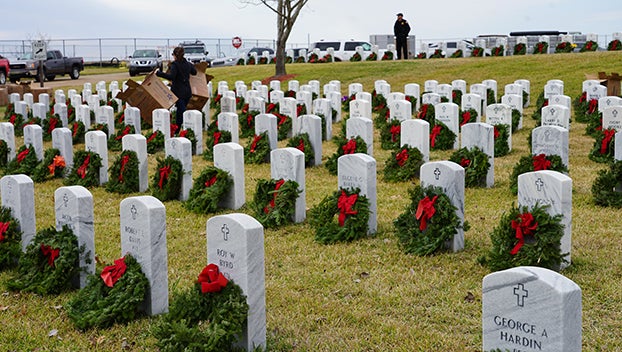Proposed Natchez development code introduced
Published 12:02 am Wednesday, October 22, 2014
NATCHEZ — The City of Natchez’s new development code will be streamlined, easier to use and less reliant on bureaucracy, city officials said Tuesday.
Phil Walker, the consultant and former Natchez city planner who was hired to help clean up the code he said was a “patchwork,” presented the proposed plan at a work session for the city aldermen Tuesday.
Only Alderman Tony Fields attended the session.
The changes will allow more uses within the city’s various zoning districts but also respects what is already there, Mayor Butch Brown said.
“You want a code that is flexible, but not so flexible that it gives everyone what they want regardless of what we are trying to do,” he said.
The proposed changes also allow for more administrative approvals of new developments, meaning fewer projects will have to go before the Natchez Planning Commission, City Planner Frankie Legaux said.
“They can get that approval from the site plan committee review level,” Legaux said. “If their zoning is correct, if it is OK with the streets department, Water Works, engineering and it is OK with us, why should the planning commission stop development?”
While the proposed codes incorporate some changes, a major aspect of the project was to clean up the existing code.
“The old one was cobbled together over time, and as they added language they didn’t necessarily subtract language,” Walker said.
“We reduced the text down that was repetitious. Sometimes you can get into trouble where you change one of those repeated sections but forget to change the others.”
The new text of the code also includes clarifying language, charges and in some instances photos to show readers what is meant.
“This looks like something a guy can pick up and read, and you don’t have to read 40 pages and then refer back to ‘plate 1’ for a definition,” Brown said.
The new code will be organized under use sections rather than alphabetically, so if someone were looking to develop a residential or commercial project, they would look for permitted uses under those sections, Legaux said.
After the streamlining and rearrangement of the text, the code was significantly decreased in size, Fields said.
“The first development code was absolutely mammoth,” he said. “It would take two of these folders (with the new code) to put the old code in it.”
Fields said the new code’s presentation was much more user friendly.
Legaux said once approved the code will be placed online, and the planning office will have a copy available for the public.
Even though the preservation commission’s code was not changed in the revision to the planning code, the preservation code was incorporated into the final draft for planning to have all of the city’s development rules in one place, Legaux said.
A stakeholder’s committee composed of professionals whose work would be affected and members of the community at large helped in the development of the new code with meetings over the course of several months, she said.
The changes have to be approved by the planning commission and the board of aldermen before they can go into effect.
Legaux said the planning commission could take up the matter next month, with the aldermen voting on it in December.






